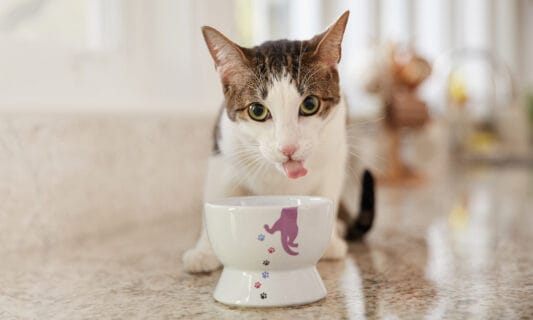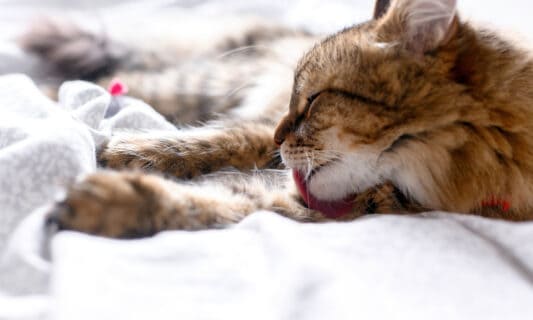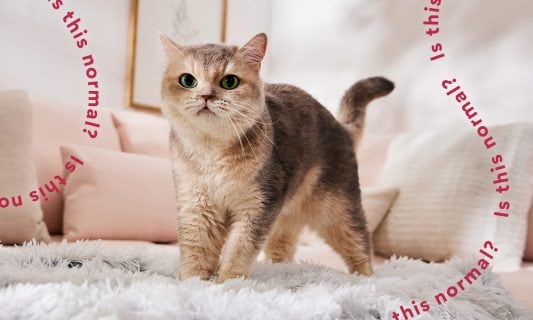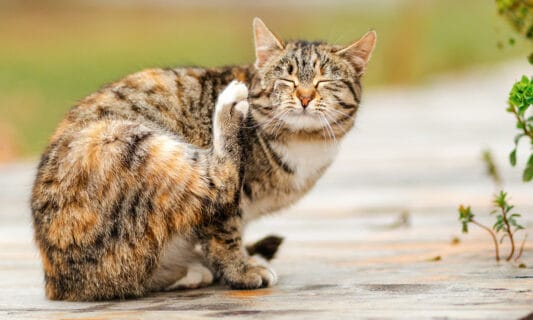Learn what causes diabetes in cats and how to spot the symptoms early.
What Is Ringworm in Cats? What Are the Signs?
Ear mites are particularly pesky—and so uncomfortable.
When you’re a pet parent, you’ve already got the perfect valentine snuggled up next to you.
We tapped feline behaviorists to find out about this adorable cat behavior.
The solution may be simpler than you think.
For starters, keep those lilies far, far away from your kitty.
These are the best cat toys, as tested by cat experts and their very own feline friends.
Because you love cats—even if your sinuses don’t.
Learn the ins and outs of pet dander and tips for reducing its presence in your home.
When was the last time you and your feline friend had an epic playdate?
Most cat cries sound like yowls, loud meows, or in some cases a faint whimpering.
Dealing with the passing of a pet? You aren't alone. We help you better understand how to cope with the loss of a beloved companion.
Has your cat been diagnosed with hyperthyroidism? Learn everything you need to know, including diagnosis and treatment.
Everything you need to know to help your kitty.
We tapped feline behaviorists to find out about this adorable cat behavior.
Outdoor cats are at increased risk for flea infestations. So how do you deal?
You may not be able to lessen your friend's grief after the death of their pet, but you can support them through it.




















